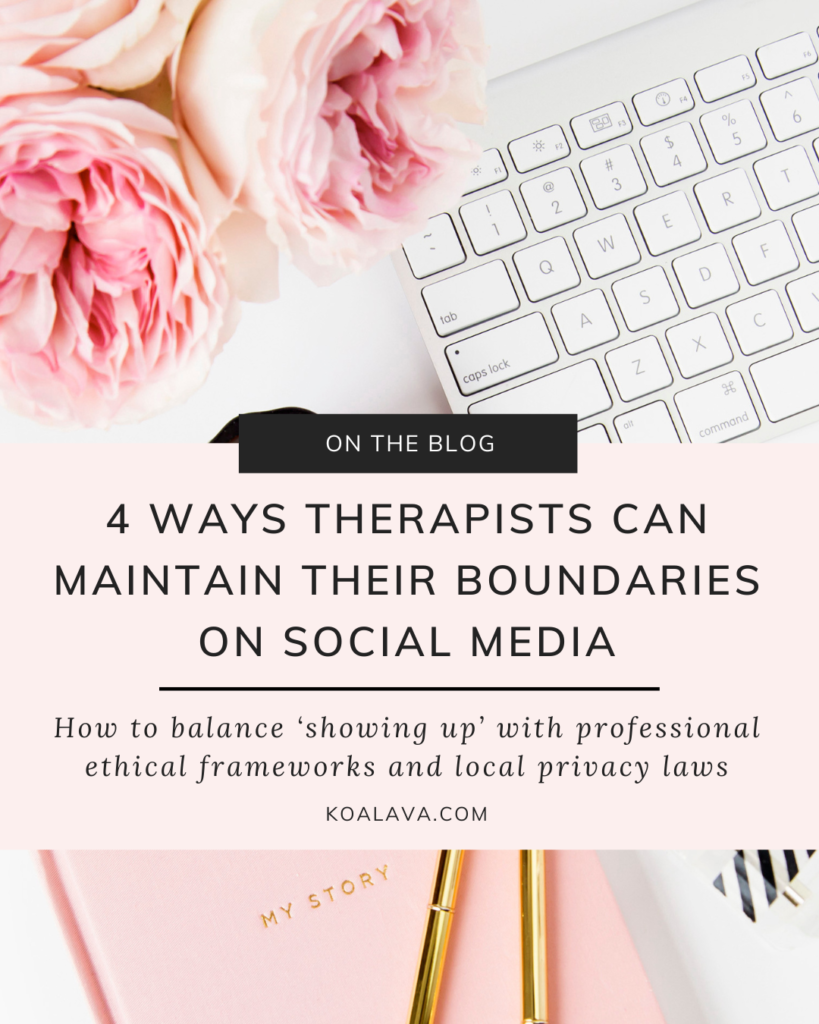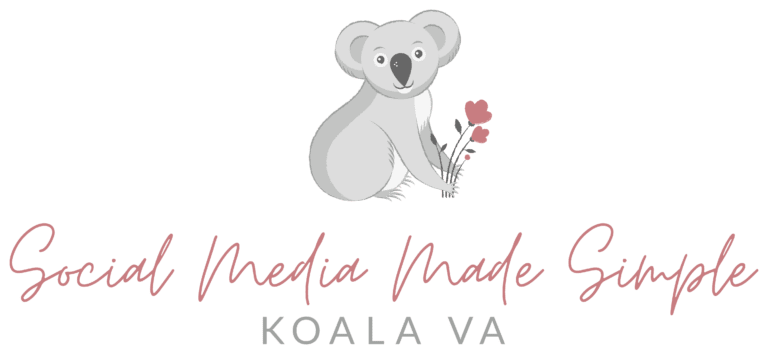A strong social media presence is a great way to build your brand and find potential clients. But how can you balance ‘showing up’ with professional ethical frameworks and local privacy laws?

Over the past few years, there has been a steady increase in so-called ‘social media therapists’ like SitWithWhit and TherapyJeff. But that name – ‘social media therapists’ – is really a misnomer. These are therapists on social media and not social media therapists. The content they share, whether on Instagram, Twitter or TikTok, isn’t therapy as there isn’t a therapeutic relationship between therapist and client.
However, just because the content they share is largely generic (and certainly not aimed at replacing the need for therapy) doesn’t mean it doesn’t serve a purpose. Not only does it educate their audience and help them understand themselves and the issues they may face a little better but it also creates a sense of community, reducing stigma and making people feel less alone.
You can absolutely show up on social media as your authentic self, and provide the information and education your followers find valuable.
How to maintain professional boundaries on social media
Do you want to create a social media profile and content for your business in an ethical and boundaried way?
If the answer is yes, there are some steps you can take to make sure you stay ethical, but still have that all-important element of authenticity.
Here are my top four tips for keeping those boundaries in check, and be sure to keep reading for a social media disclaimer template you can use on your own profiles.
Have clear internal policies and processes
The first place to start when it comes to establishing boundaries is to have a social media policy in place. This should detail what you will and won’t post about, who has access to each account and how to respond to any comments or messages.
If you have multiple people running your social media accounts, make sure they’re all aware of any policies, and have clear communication in place if anything changes.
Create a social media disclaimer you can signpost followers to
Did you know that 82% of therapists* don’t have a social media disclaimer on their social media profiles?
A social media disclaimer is one of the easiest ways to establish boundaries from the offset.
You can use your disclaimer to advise that social media isn’t a replacement for therapy, point people to crisis services and tell prospective clients how they can work with you.
(You can create this disclaimer yourself, but keep reading to download your free social media disclaimer!)
Keep your personal and professional profiles separate
If you want to take advantage of social media as a therapist, I recommend creating a standalone account. While it might feel easier to post everything on one profile, separating the two means you can keep things professional and ensure boundaries are firmly in place.
And of course, if a client sends a connection request to your personal social media profile, don’t be afraid to redirect them to your professional account instead.
Don’t use social media for personalised support
One of the questions therapists frequently ask me is, ‘what do I do if someone DMs asking for help?’
It’s in our nature to be cautious, and DMs definitely aren’t the place for in-depth communication with potential clients.
But it’s totally OK to use DMs to signpost followers to your website, contact form or useful resources, including your social media disclaimer.
In conclusion: don’t be afraid to use social media to your advantage
Whether you post on Facebook, LinkedIn, TikTok or Instagram, your social media presence can help empower, educate and inspire people.
Social media is never going to be a replacement for therapy. However, you can play your part in providing high-quality, authentic information to people who might not have thought therapy was a viable option.
If you’d like to create a social media disclaimer, my free and fully customisable Social Media Disclaimer for Therapists Template^ will help you set the right expectations from the start. Click here to grab your copy.
*According to a quick poll I conducted on LinkedIn
Disclaimer: Please note that nothing in this article constitutes legal advice. Please consult your local laws, regulations and professional ethical frameworks to ensure you are ethically compliant.
